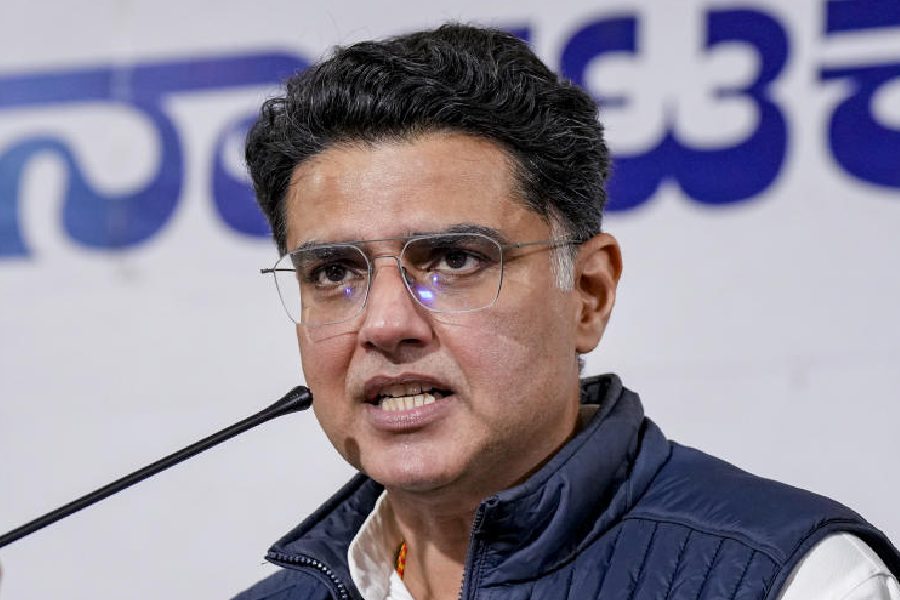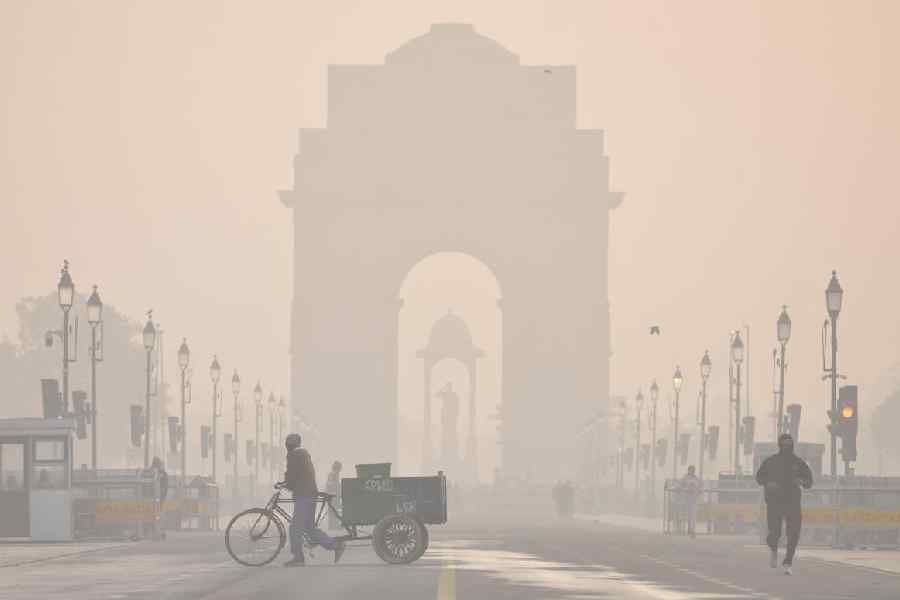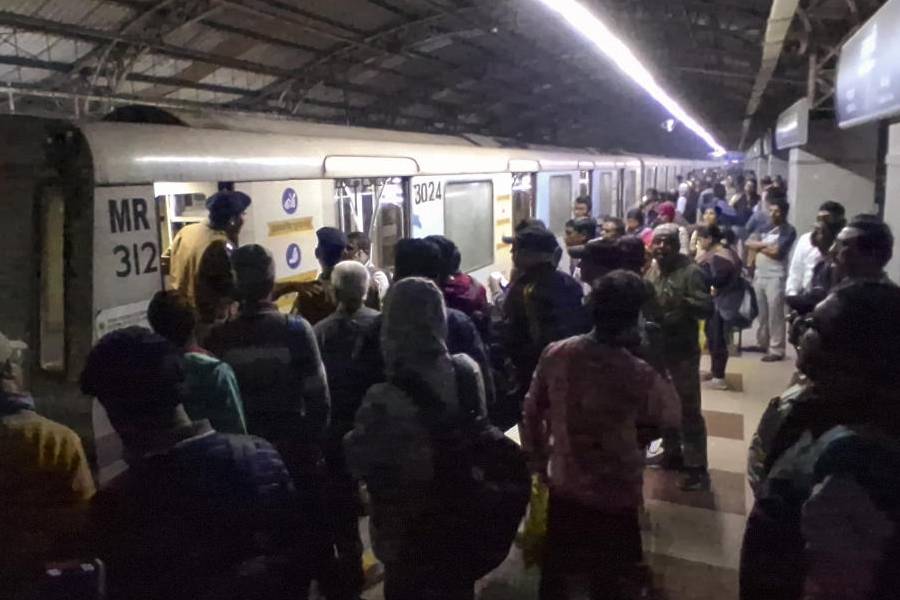India’s drive to detect and treat hidden tuberculosis cases has fallen short of multiple key targets, with fewer than 8 per cent of the high-risk population screened against a desirable 90 per cent benchmark, among other deficits.
A snapshot evaluation led by government researchers found that the Central TB Division’s active case finding (ACF) programme had failed to meet four of its six performance benchmarks — gaps that could leave TB transmission chains intact.
Under the ACF initiative, health workers conduct nationwide house-to-house or community campaigns, screening high-risk population groups to find active but undiagnosed TB that can worsen and spread to close contacts.
High-risk groups include the contacts of TB patients, the elderly, residents of areas with unusually high levels of TB, and populations with risk factors such as undernutrition, low socio-economic status, occupational exposure, smoking and alcohol use.
Many people with active TB remain undiagnosed because they can go months without symptoms that would prompt them to seek medical care.
India had some 500,000 such hidden TB patients in 2022, experts have estimated based on expected incidence and recorded cases — about a fifth of the country’s 2.4 million recorded cases.
Finding and treating them through effective ACF is central to India’s TB elimination goal, set by the Narendra Modi government in 2018 for 2025, but still unmet.
The new evaluation by researchers from the Indian Council of Medical Research-National Institute of Epidemiology (NIE) in Chennai and collaborating institutions, covering 30 randomly selected districts across India, points to shortfalls across the ACF cascade.
The Central TB Division commissioned what researchers called the most detailed evaluation of the ACF yet, using individual-level data from a dedicated ACF form to assess performance against set benchmarks.
Among the 7.8 million people at high risk in the 30 districts, ACF staff screened 581,633 — or just 7.4 per cent — far below the 90 per cent target. They identified 11,357 presumed cases, or 2 per cent of those screened, below the expected 5 per cent.
Of these, 7,527 or 66 per cent underwent sputum testing, short of the 95 per cent benchmark. Testing confirmed TB in 117 patients, or 1.6 per cent, below the expected 5 per cent positivity. All 117 were placed on treatment.
Only the share of the district’s population mapped as high-risk and the share of ACF-detected patients started on treatment exceeded the benchmarks, the researchers reported in PLOS Global Public Health.
“Inadequate training of ACF staff, knowledge gaps and differences between what is known and what is practised are likely contributing to these shortfalls,” Hemant Shewade, a scientist at the NIE and the study’s first author, told
The Telegraph.
Effective planning and more resources for ACF campaigns are needed to cover 90 per cent of the high-risk people at least once a year, Shewade and his colleagues wrote.
“The findings flag a harsh reality about TB in India — the ACF initiative is not working as effectively as it should,” said Sachin Atre, a TB researcher at the DY Patil Medical College in Pune who was not associated with the NIE study.
Poor-quality ACF campaigns threaten to delay TB elimination because, without timely diagnosis, people with TB will continue to spread the infection. Studies suggest that a person with active lung TB can infect up to six close contacts over a year.
Multiple factors may account for the ACF’s poor performance, Atre said. Social stigma may hold people back from revealing symptoms to strangers, and temporary staff recruited for campaigns might not be adequately trained or motivated or may face resource constraints.
“What we know is that nearly eight years after it started, the ACF isn’t working,” Atre told this newspaper. “It might be wiser to channel the resources used for ACF campaigns into strengthening the existing TB control programme, which relies on treating cases when they seek medical help.”
India’s progress against TB has been slower than it had hoped. A World Health Organisation report estimated in 2024 that India’s TB incidence was 195 per 100,000 people in 2023. The health ministry’s elimination plan unveiled in 2017 had set multiple milestones, including reducing TB incidence from 217 per 100,000 in 2015 to 77 by 2023 and 44 by 2025.










